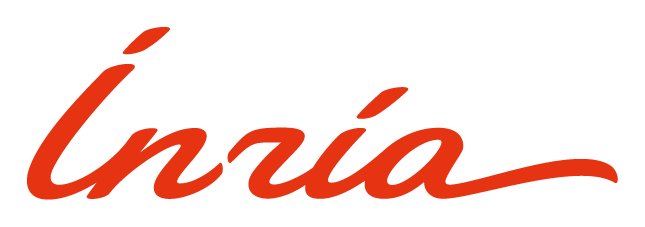Current projects
Nipype looks like a great framework to define small processing bricks and automatically assemble them to form pipelines. At last year brainhack, we had time to define interfaces for the Anima open-source software. The idea this time is to go all the way to define a pipeline based on Anima interfaces and try to run it on a cluster on some toy data.
Contact: Olivier Commowick
BULLE (cereBral vascULar bifurcation LabElling)
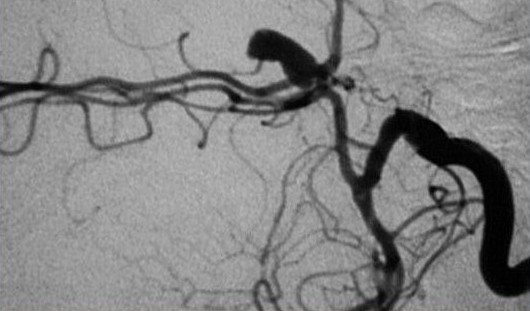
Context and issues ⮟
ICAN is a french multi-center study aimed at bridging clinical observations, genomic markers as well as quantitative imaging biomarkers to better understand the formation, the development and the possible rupture of intracranial aneurysms. Saccular aneurysms are generally localized at vessel bifurcations and several studies have identified the anatomical localization of saccular aneurysms as an important risk factor for rupture. One of the outcomes of ICAN is a large imaging biobank resulting from routine medical imaging exams (ToF MRIs, CTs, or DSAs) provided by the 34 french participating academic hospitals. This data can be accessed for further analysis through the Shanoir database. However the analysis of the geometrical features of the bifurcation that carry the IA is hampered by the lack of anatomical labelling. Determining to which artery belongs a bifurcation carrying a saccular aneurysms is a time-consuming task and requires expertise in brain anatomy.
Objectives and expected outcomes
BULLE aims to design and implement an atlas-based neuroimaging processing workflow for automatic labelling of the cerebrovascular trunk, also known as the circle of Willis. These approaches, known as atlas-based segmentation, are based on the registration between an anatomical atlas and the patient images, and the subsequent transfer of annotations from the atlas to the images. We expect to gather experts in 3D MRI registration and vascular imaging. Based on their expertise we will collaboratively develop a reusable Jupyter notebook dedicated to the automatic annotation of cerebral vessels.
Contact: Alban Gaignard Perrine Paul Gilloteaux Vincent L’Allinec Romain Bourcier
Improve EEG-fMRI neurofeedback prediction using EEG signal only : Signal processing, graph and optimisation
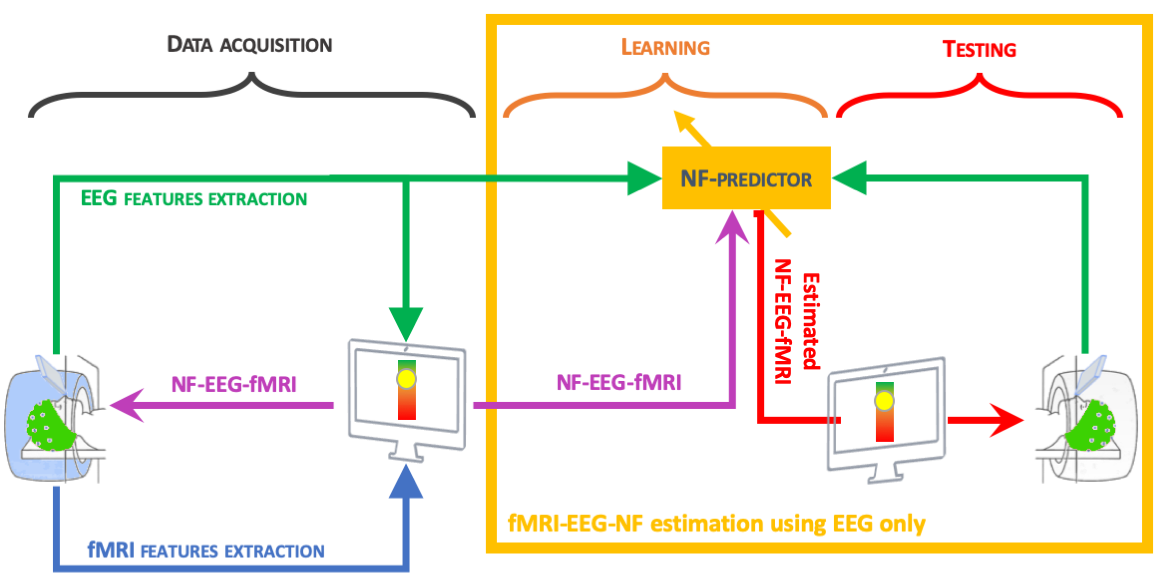
A new kind of data is available : EEG-fMRI Neurofeedback scores. Neurofeedback approaches (NF) provide real-time feedback to a subject about its brain activity and help him or her perform a given task. Brain activity features are extracted, online, from non-invasive modalities such as EEG or fMRI for example. Here, EEG and fMRI signals were acquired simultameously, and subjects recieved, in real time, NF informations extracted from EEG and fMRI. The goal of this project, is to learn EEG patterns in order to predict NF scores coming from fMRI using EEG signals only, as the use of fMRI is expensive and time consuming.
Contact: Claire Cury
fNIRS: A "light" approach for brain studies
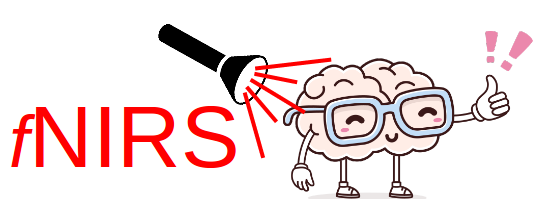
Functional Near InfraRed Spectroscopy (fNIRS) is a novel technique that allows brain mapping and hemodynamic response registration in a rather cheap and portable manner. The idea of this project is to go through the basics of data acquisition and processing for different kinds of motor and cognitive tasks, with the help of a recently bought NIRx device and software developed in Matlab and LabView.
Contact: Héctor García
Diminished Reality
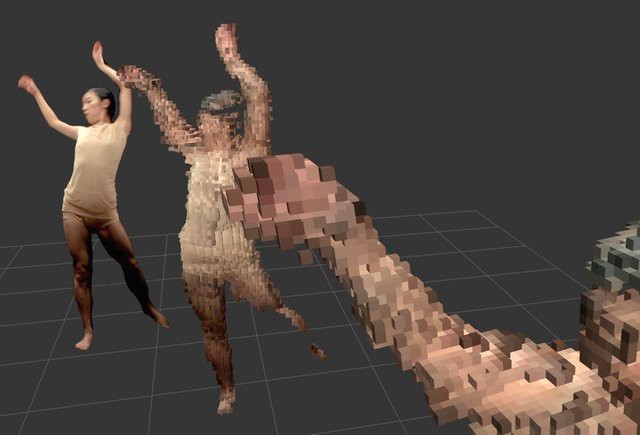
With the ever accelerating development of augmented reality and artifical intelligence technologies, we might be tempted to think that matrix like scenarios - where everything we feel and know is simulated - could become a reality.
This conceivable future might be attracting to some people, yet it is easy to see the risks and limits of such paradigm.
Numerous intelectuals (Alain Damasio, Eric Sadin, ...) question progress and technology and propose to collectively redefine the goals and trajectory of human development.
From this perspective, Diminished Reality aims at utilizing advanced technologies in a subversive fashion to promote alternative and low-tech experiences.
The project consists in a virtual reality headset coupled with a stereo-vision camera and basic image processing algorithms designed to immerge the user in an quantized, voxel based reality.
Contact: Arthur Masson
An R Package for the Statistical Analysis of Tractography Data
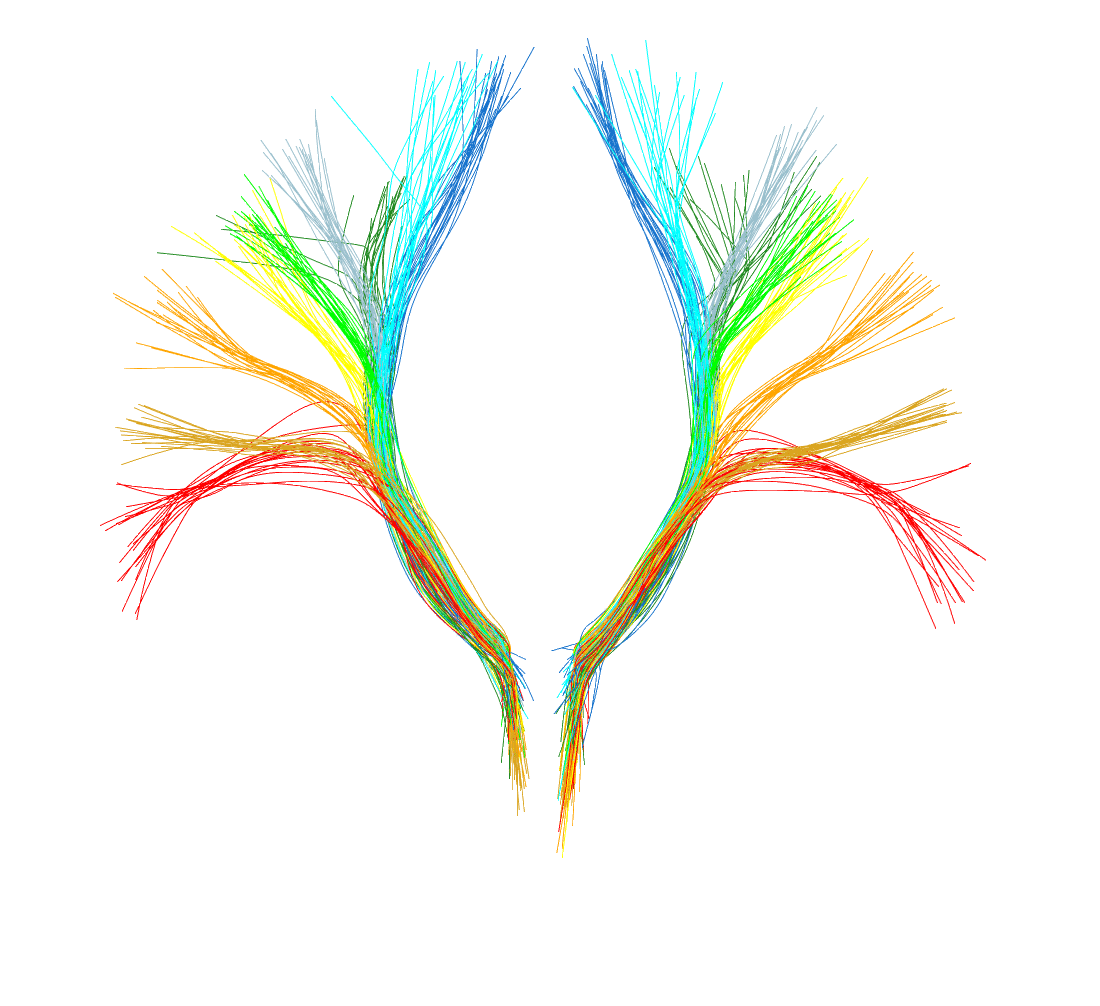
Structural connectivity can be assessed using diffusion MRI. It relies on the idea that water trapped within axons or glial cells undergo restricted diffusion patterns that can be modelled, estimated and used to provide a mathematical representation of the brain microstructure, ultimately leading to a mapping of the structural connections in the brain. Lots of tools are available nowadays to perform this task, which is known as tractography. However, there is very little in the community about open-source softwares that allow users to perform sound statistical analyses of tractography data.
This project is an attempt to create such an open-source software from scratch. Given that the ultimate goal is to perform statistical analysis and data visualisation, it seems natural to lean towards R, which a programming language dedicated to statistical computing (https://www.r-project.org). The objective of the project will be:
1. To build the state of the art about already existing R packages for tractography data; 2. To brainstorm our new R package API, including the definition of relevant object classes and related methods for later uniform integration of statistical methods; 3. To start the package, including package creation, website for promoting it, GitHub repository, description, logo creation and so on; 4. To start implementing existing statistical methods for tractography data.
Contact: Aymeric Stamm
Code for a reproducible analysis in task-based fMRI
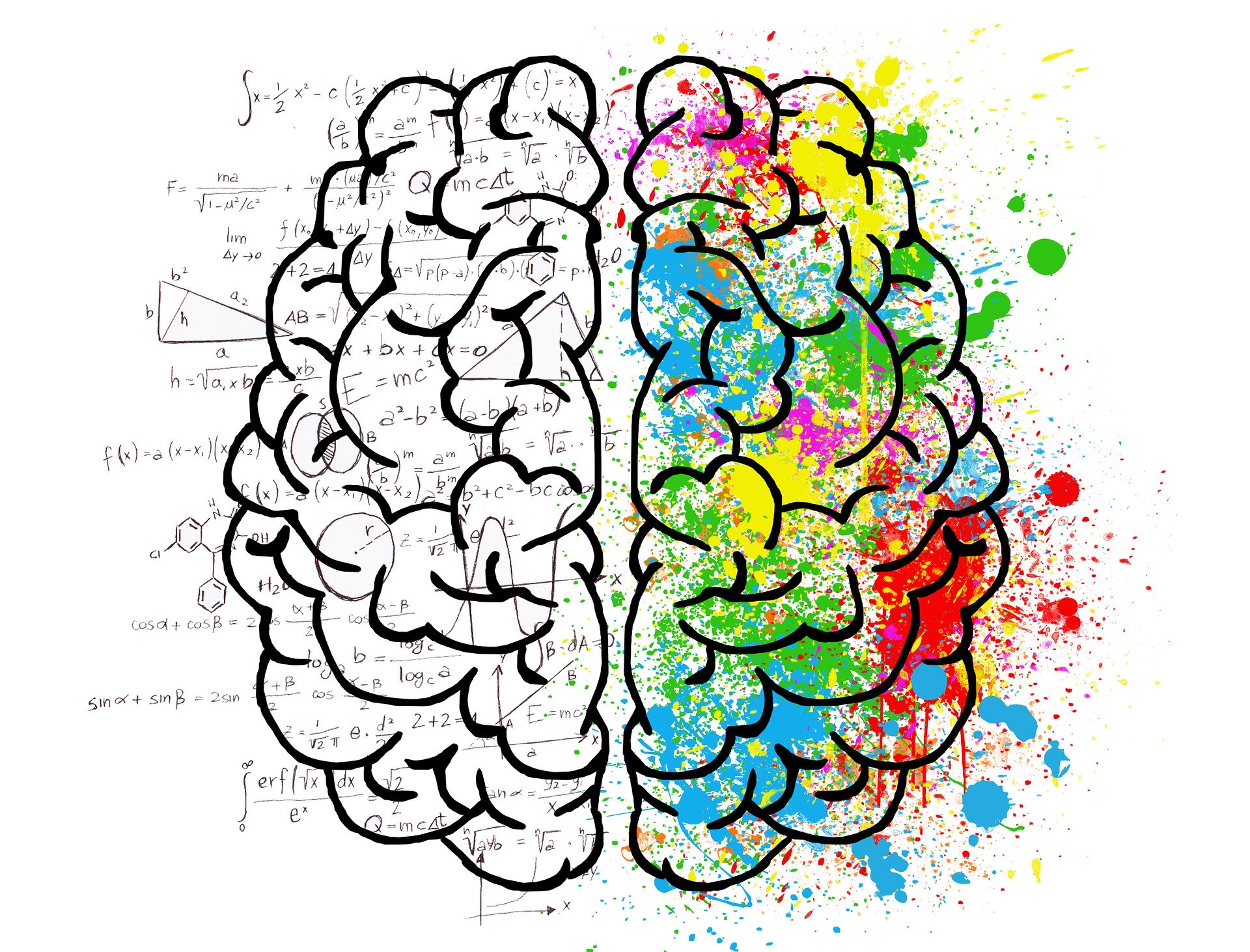
With the ever accelerating development of augmented reality and artifical intelligence technologies, we might be tempted to think that matrix like scenarios - where everything we feel and know is simulated - could become a reality.
The goal of the project is to examine, edit and organize the code and content of a study on analytic variability in task-based fMRI, to describe the data structures, high-level functions, and to display the results in a Jupyter Notebook, in order to facilitate its reproducibility.
In this study, we try to highlight the existing analytic variability in task-based fMRI pipelines, by comparing groups of subjects data from the Human Connectome Project which we have preprocessed and analyzed with different pipelines.
Contact: Xavier Rolland
Develop a workflow to automatically extract white matter tracts bundles from diffusion MRI.

Diffusion tensor imaging (DTI) allows for the estimation and quantitative analysis of white matter tracts properties, for instance fiber tracts integrity. DTI has been used, for example, to characterize cerebrospinal tract (CST) properties from diffusion MRI in stroke patients, and identify biomarkers of motor recovery based on CST properties. In the case of stroke, a challenge is to robustly take in account the lesion when estimating fibers tracts.
In this project, we are interested in developing a workflow to automatically extract white matter bundles from diffusion MRI exploring a range of tools (ANIMA https://github.com/Inria-Visages/Anima-Public, WMQL https://tract-querier.readthedocs.io/en/latest/index.html, Freesurfer https://surfer.nmr.mgh.harvard.edu/) in order to robustly estimate CST properties. We will first design and test the workflow on healthy subject data, and eventually apply it to stroke patients’ images to verify how the lesion affects automatic CST estimation.
Contact: Giulia Lioi
